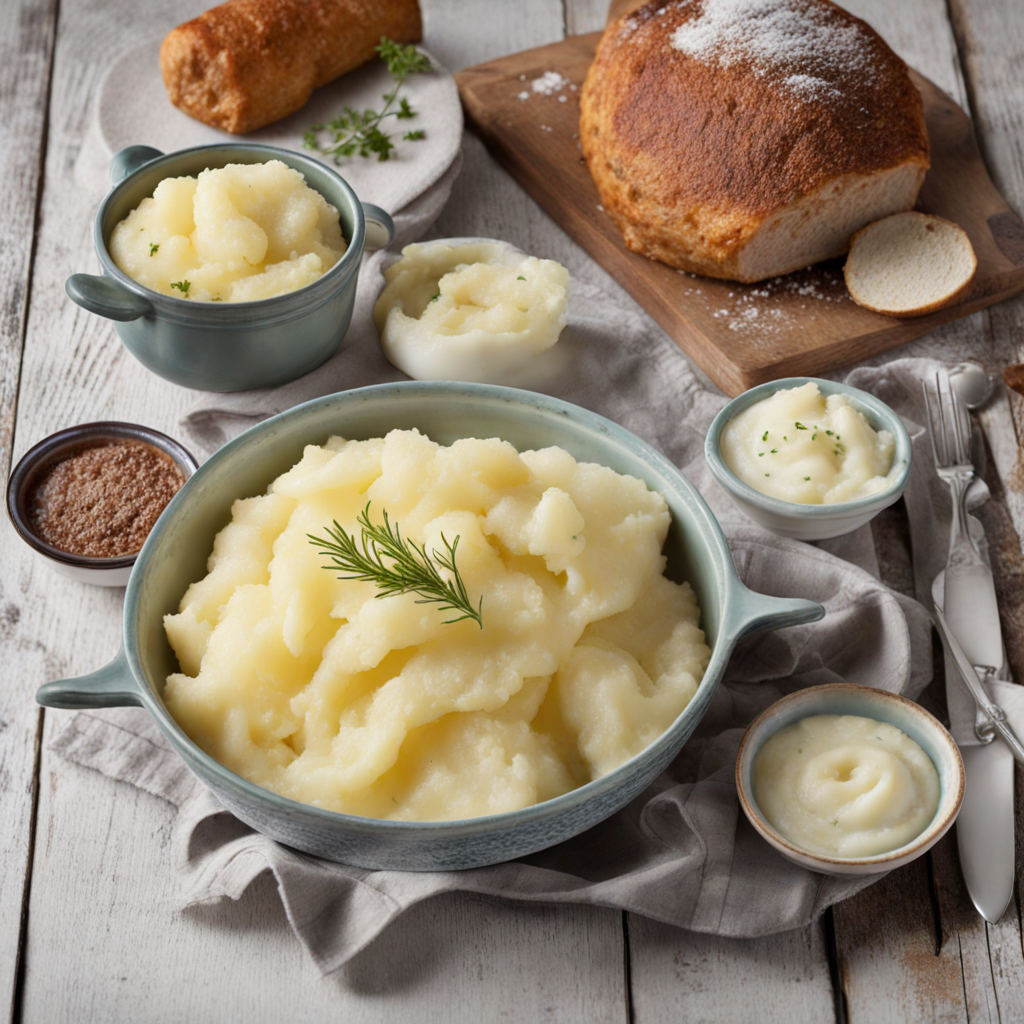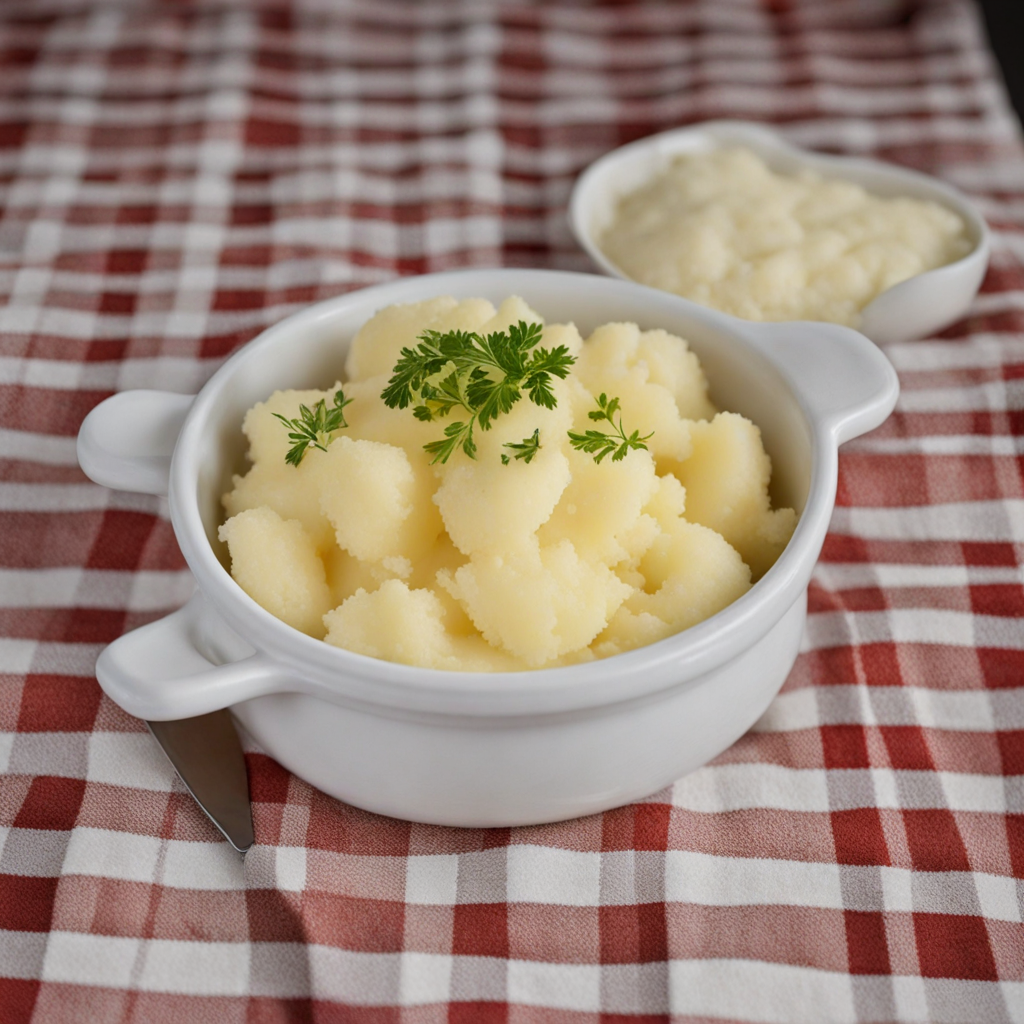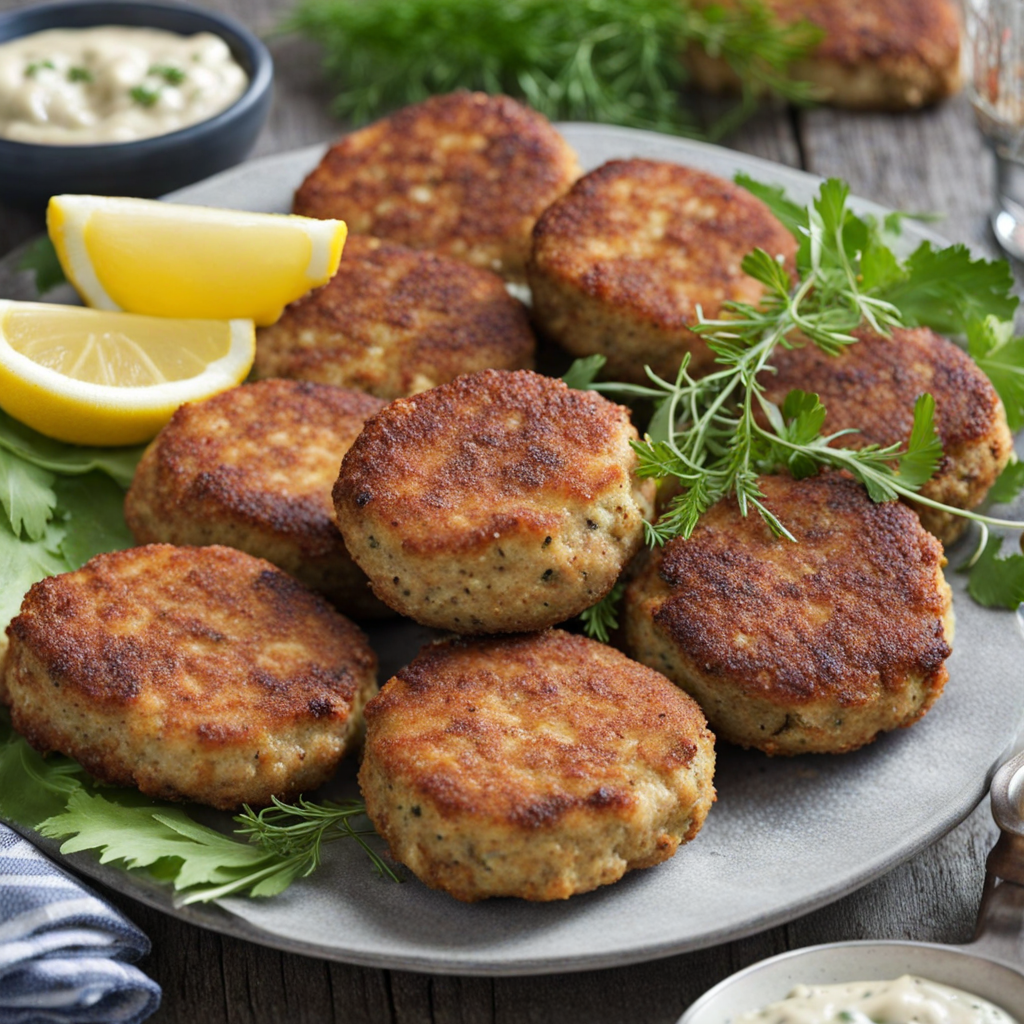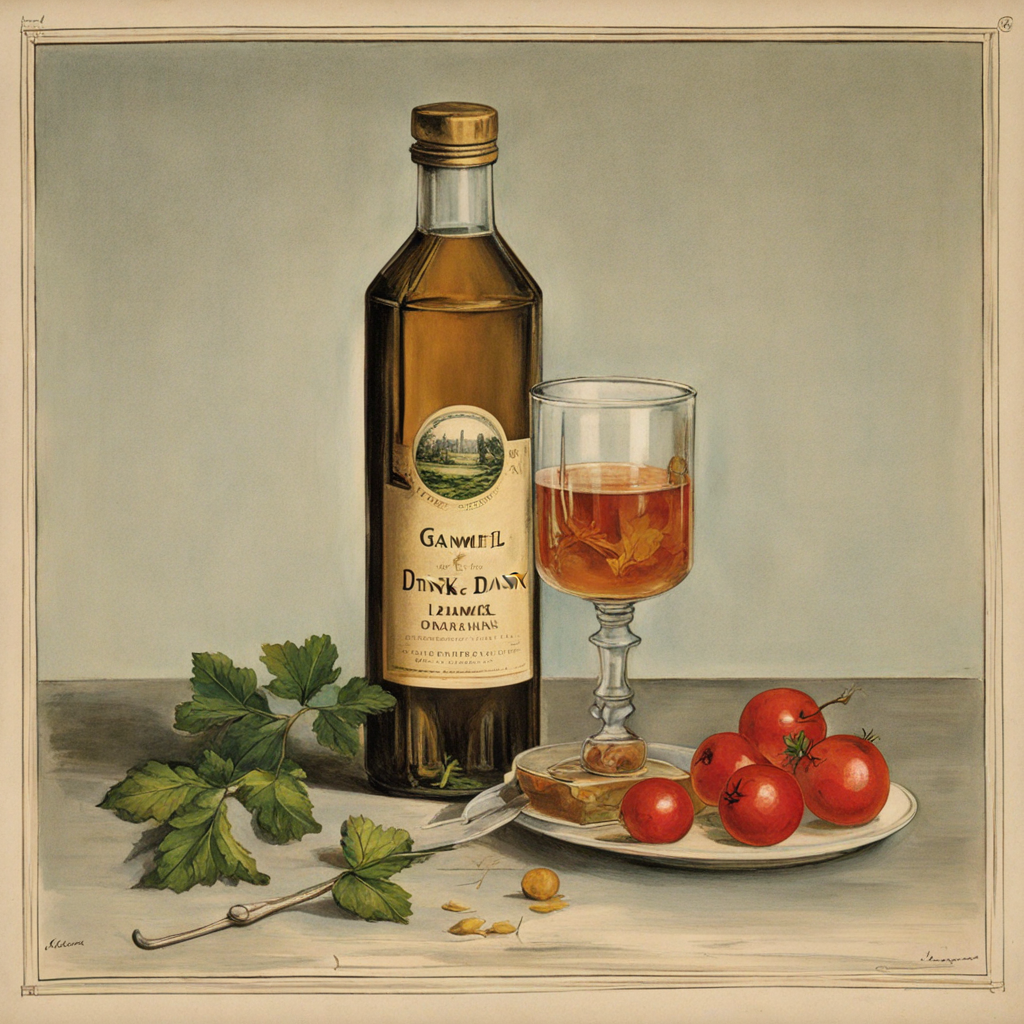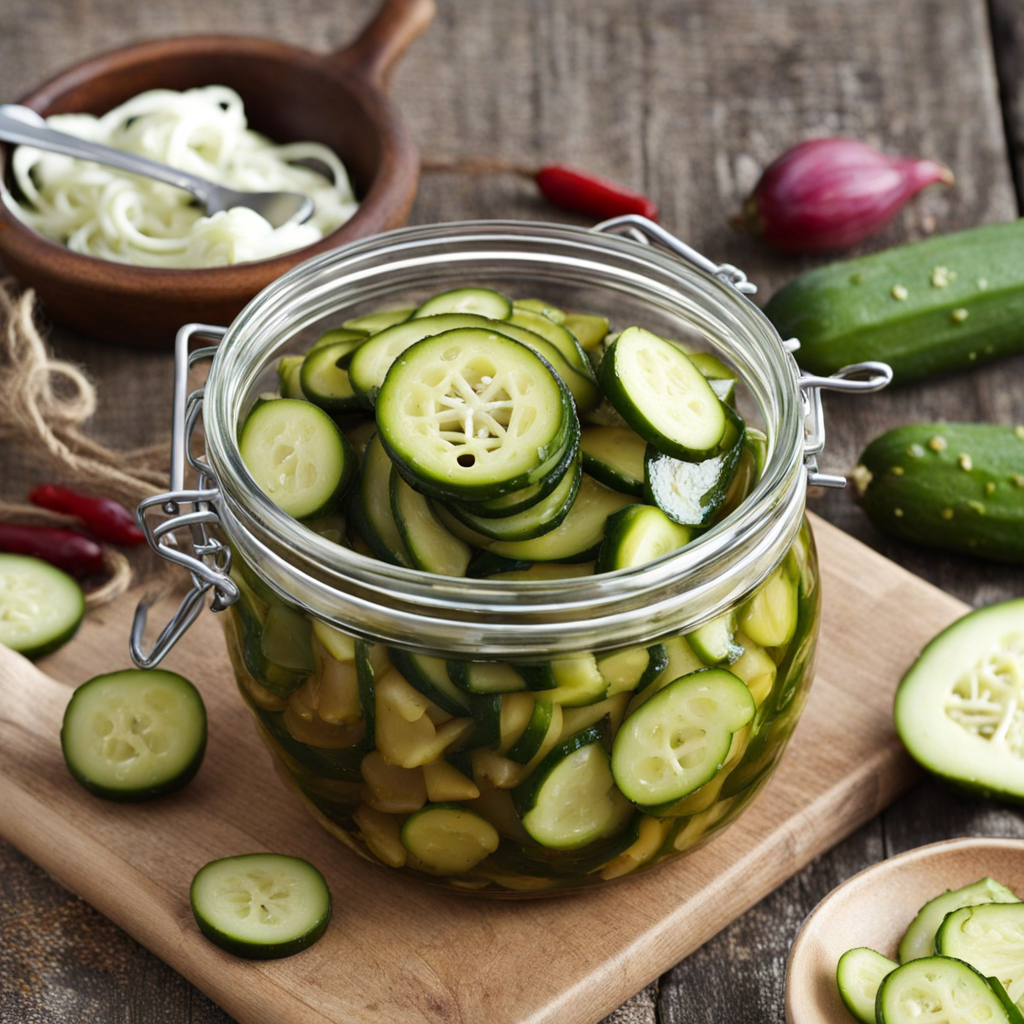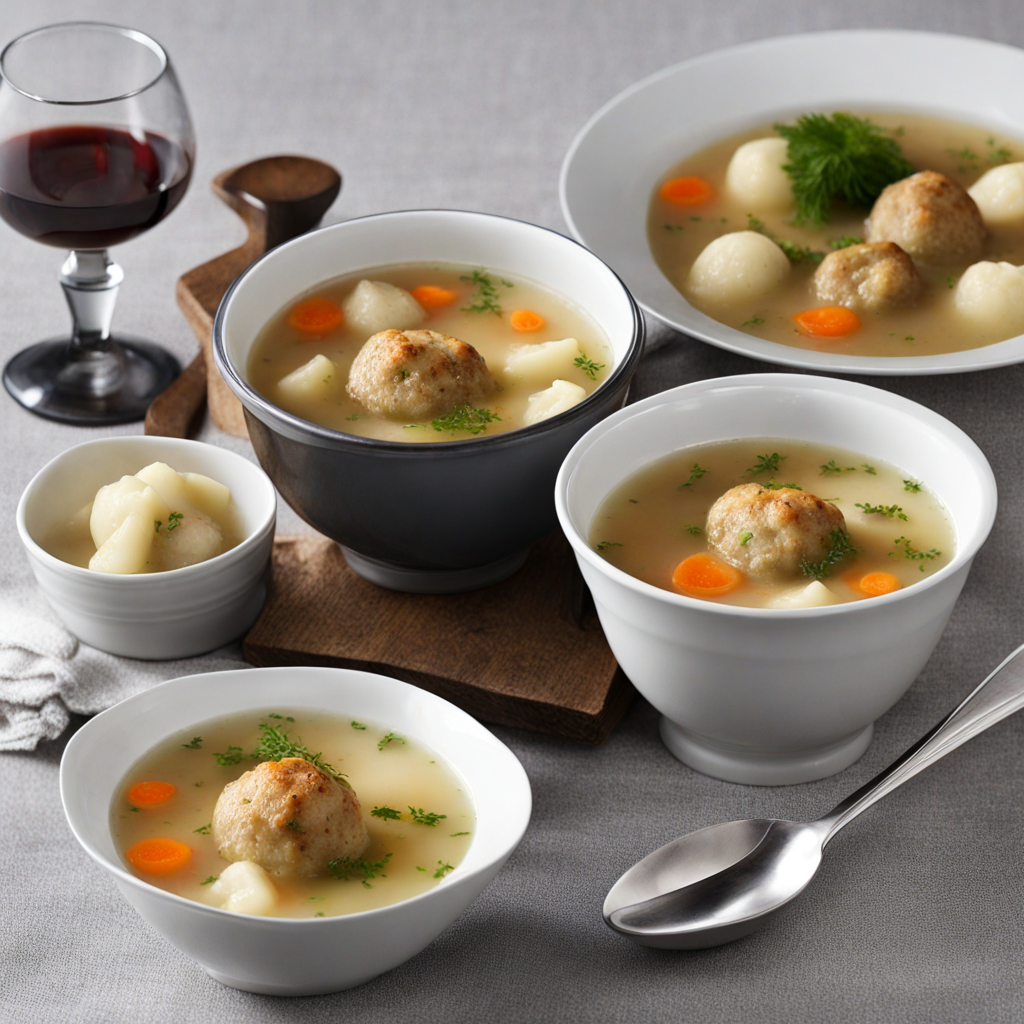Kartofler
Kartofler, the Danish word for potatoes, is a staple ingredient in Denmark that transcends mere sustenance to embody a rich cultural heritage. The Danes take great pride in their potato dishes, which are often prepared with a focus on purity and simplicity. Whether boiled, roasted, or mashed, the versatility of kartofler allows them to shine in various culinary contexts. Often served alongside traditional Danish meals, such as herring or roast pork, these potatoes are typically accompanied by a pat of butter, fresh herbs, or a sprinkle of sea salt, enhancing their natural flavors and creating a comforting taste experience.
How It Became This Dish
The History of Kartofler: A Danish Culinary Staple Origin of the Kartofler Kartofler, the Danish word for potatoes, are not only a staple food in Denmark but also a significant part of the country’s agricultural heritage and culinary identity. The story of kartofler begins far from the Nordic lands, deep in the Andean region of South America, where the potato was first domesticated by indigenous peoples around 8,000 to 5,000 BCE. Spanish explorers brought the potato to Europe in the 16th century, where it initially faced skepticism and resistance due to its unfamiliarity and association with the nightshade family, some members of which were toxic. The potato made its way to Denmark in the late 18th century, during a time when agricultural reform and the need for food security were becoming paramount. It wasn’t until the 19th century that the potato began to be embraced by the Danish populace, driven by the need to combat famine and improve nutrition. The introduction of the potato coincided with a period of social and political upheaval in Denmark, making its acceptance not only a culinary shift but also a reflection of changing societal norms. Cultural Significance In Denmark, the potato quickly became more than just a food source; it transformed into a cultural icon. By the mid-19th century, it was a staple in the Danish diet, consumed in various forms — boiled, mashed, roasted, and as part of stews. The versatility of kartofler allowed it to be incorporated into both everyday meals and festive occasions. It was often paired with traditional Danish dishes, such as frikadeller (meatballs) or herring, and served alongside rich gravies and sauces. Kartofler also played a role in the agricultural practices of Denmark. The potato’s hardiness and adaptability to various soil types made it an ideal crop for Danish farmers, and it soon became a central part of crop rotation systems. Its cultivation helped to improve soil health and provided a reliable food source during harsh winters. This agricultural significance laid the groundwork for the potato to become a symbol of rural Danish life. Development Over Time As Denmark entered the 20th century, the kartofler continued to evolve in both cultivation and consumption. The agricultural innovations of the time, including improved farming techniques and the introduction of new potato varieties, led to an increase in yield and quality. The Danish agricultural community began to experiment with different types of potatoes, resulting in a rich diversity of cultivars that catered to various culinary uses. World War II brought challenges to Danish food production and consumption. Rationing and food shortages prompted the Danish people to rely on local produce, including kartofler, which became a vital component of the wartime diet. This reliance reinforced the potato's status as a symbol of national resilience and resourcefulness. Post-war, the kartofler remained a dietary cornerstone, reinforcing its significance in everyday Danish life. The latter half of the 20th century saw a shift in culinary trends, with globalization and the rise of international cuisine influencing Danish food culture. Despite this, kartofler retained its place on the dinner table. Chefs began to explore innovative ways of incorporating the potato into contemporary dishes, reflecting a blend of traditional and modern cooking techniques. Dishes such as kartoffelsalat (potato salad) and kartoffelmos (mashed potatoes) became popular not only in homes but also in restaurants, showcasing the potato’s versatility. Kartofler in Contemporary Danish Cuisine Today, kartofler are celebrated in a variety of forms across Denmark. They are often boiled and served with butter, parsley, and salt, allowing their natural flavor to shine through. Danish cuisine has also embraced the concept of “new potatoes,” which are harvested early and are prized for their delicate taste and texture. These young potatoes are often enjoyed with a drizzle of olive oil or served alongside fresh herbs. The potato’s cultural significance extends beyond the plate. It plays an important role in Danish traditions and celebrations. For instance, during Midsummer, it is common to enjoy grilled potatoes, while at Christmas, roasted potatoes are a festive favorite. The kartofler’s presence at these gatherings underscores its role as a unifying food, bringing families and communities together. In recent years, there has been a resurgence of interest in local and sustainable food sources in Denmark, and kartofler have found a new appreciation in this context. Danish farmers are focusing on organic cultivation and heirloom varieties, which not only promote biodiversity but also connect modern consumers to their agricultural heritage. This movement has also sparked a renewed interest in traditional recipes and cooking methods that honor the potato’s history. Conclusion The journey of kartofler from its origins in South America to its esteemed place in Danish cuisine is a testament to the potato's adaptability and resilience. As Denmark continues to evolve gastronomically, the kartofler remains a symbol of comfort, nourishment, and tradition. It encapsulates the spirit of Danish culinary heritage, bridging the gap between past and present while serving as a reminder of the importance of food in cultural identity. In every plate of boiled potatoes or creamy potato salad, one can taste the history, resilience, and collective memory of a nation that has embraced this humble tuber as a beloved staple.
You may like
Discover local flavors from Denmark


